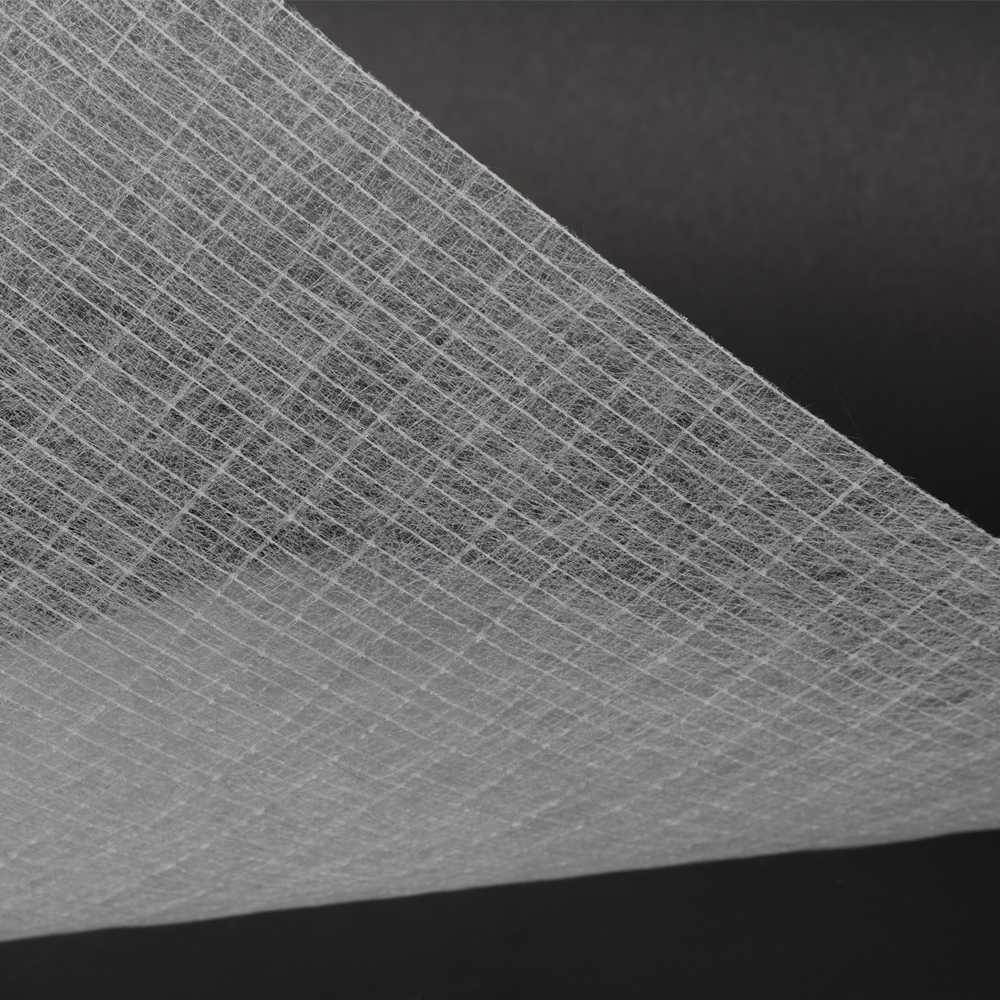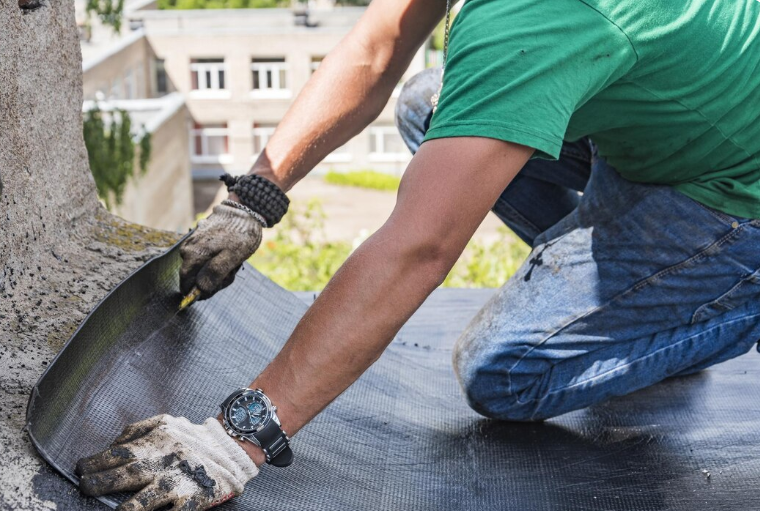Water is one of the most persistent threats to buildings and infrastructure. Waterproofing membranes act as barriers to keep water out, protecting foundations, walls, roofs, and other structural elements from leaks and moisture damage. These membranes are thin layers of specialized material that form a watertight seal over surfaces. Their role is critical – even a small breach can lead to serious issues like mold, corrosion, or structural weakening. To ensure reliability, modern waterproofing membranes are often reinforced with internal fabrics or mats. One standout reinforcement is fiberglass mat with mesh, which significantly enhances a membrane’s strength and longevity. We’ll explore what waterproofing membranes do, why reinforcement matters, and how a fiberglass mat/mesh reinforcement elevates membrane performance for both manufacturers and end-users in this article.

Why Waterproofing Membranes Matter
A waterproofing membrane is essentially a shield against water ingress. It can be applied as sheets or liquid coatings, but in all cases its purpose is the same: prevent water from penetrating into structural elements. Without a proper membrane, buildings would be vulnerable to rain, groundwater, or humidity seeping in – causing paint to peel, wooden elements to rot, steel to rust, and concrete to crack. In short, a good membrane preserves the integrity and safety of a structure by keeping it dry. Because they face constant exposure to moisture, temperature changes, and sometimes mechanical stress, these membranes must be both flexible and durable. This is where reinforcement comes into play. Manufacturers reinforce membranes to ensure they can withstand harsh conditions over many years without failing.
The Role of Reinforcement in Membrane Performance
Just like steel rebar strengthens concrete, an internal reinforcement can strengthen a waterproofing membrane. Reinforcement materials are embedded within the membrane to improve its mechanical properties. This extra skeleton prevents the membrane from stretching too much, tearing, or cracking under stress. The reinforcement distributes forces across the membrane, so no single spot carries all the strain. This means fewer cracks and leaks over time. In fact, adding a quality reinforcement “prevents cracks, tears, and other forms of damage” that could otherwise compromise the waterproof layer.
What is Fiberglass Mat with Mesh Reinforcement?

Fiberglass is a material made from extremely thin glass fibers. When bundled into yarns or pressed into mats, these fibers create a fabric that is both lightweight and very strong. Fiberglass mat with mesh refers to a fiberglass reinforcement material that combines two forms: a mat of randomly oriented glass strands and a mesh or scrim of woven fibers in a grid pattern. In practice, this looks like a thin, flexible cloth or felt made of glass threads. Often the fiberglass is coated with a bit of polymer to make it easier to handle and to improve its bond with the waterproofing material.
The fiberglass mesh component gives a grid of strands with high tensile strength in both directions, while the mat ensures uniform support across the whole area. When a waterproofing membrane is being made or applied, this fiberglass fabric is embedded into the membrane. Once integrated, it becomes the backbone of the membrane, providing structural integrity and longevity to what would otherwise be just a thin layer of asphalt or polymer. For a layperson, you can think of it like reinforcing netting inside a tarp which is able to constantly keeping water out, and the netting makes sure the tarp stays tough and doesn’t rip easily.
How Fiberglass Reinforcement Improves Membrane Properties
Fiberglass is an exceptionally strong material in tension. By adding a fiberglass mesh or mat, the membrane can withstand greater stretching and pulling forces without falling. A fiberglass reinforcement creates a “strong reinforced membrane with enhanced tensile strength” and also increases tear and puncture resistance. This means the membrane is less likely to be punctured by sharp objects or torn by movement, compared to an unreinforced membrane. Additionally, buildings move and materials expand or contract with temperature. An unreinforced waterproofing layer might crack if the substrate cracks or if it undergoes repeated expansion/contraction cycles. Fiberglass mesh helps prevent cracks from forming or spreading . The fibers hold the material together, so even if a small crack starts in the coating, the reinforcement can bridge across it and keep it from propagating.

One notable advantage of fiberglass is its dimensional stability – it does not stretch or shrink much with changes in temperature or humidity. By reinforcing a membrane with fiberglass, the membrane is less prone to warping or elongating over time. This stability means the membrane won’t buckle or pull away under thermal stress, which again helps prevent failure. In contrast, some unreinforced or differently reinforced membranes might expand or contract more, potentially causing stresses or gaps.
Fiberglass is an inorganic material – it doesn’t rot, rust, or degrade in moist environments. It’s also naturally non-flammable and is resistant to heat and UV radiation . All these traits translate to a membrane that endures harsh conditions for a longer period. The fiberglass mesh essentially armors the membrane against environmental deterioration. As one source describes, fiberglass reinforcement allows a waterproofing system to “stand the test of time,” shrugging off moisture, UV rays, and temperature fluctuations while maintaining its integrity year after year . Many fiberglass-reinforced membranes can easily last decades in service . This longevity means that building owners get a long-term solution – not a short-term fix – when using a fiberglass-reinforced membrane.
Fiberglass mat with mesh reinforcement has proven to be a game-changer in the waterproofing industry. By integrating incredibly strong yet lightweight glass fibers into waterproofing membranes, manufacturers have created products that better resist the challenges of time, weather, and structural movements. These reinforced membranes exhibit superior tensile strength, crack resistance, dimensional stability, and overall durability compared to their unreinforced counterparts. The result is a longer-lasting waterproof barrier that benefits everyone – builders and product manufacturers gain a reliable solution to market, and the general public enjoy dry, safe buildings with fewer repairs. As you consider waterproofing solutions, understanding the role of reinforcements like fiberglass mat mesh can help you choose a membrane that truly stands the test of time – keeping water out and protecting your investment for years to come.
